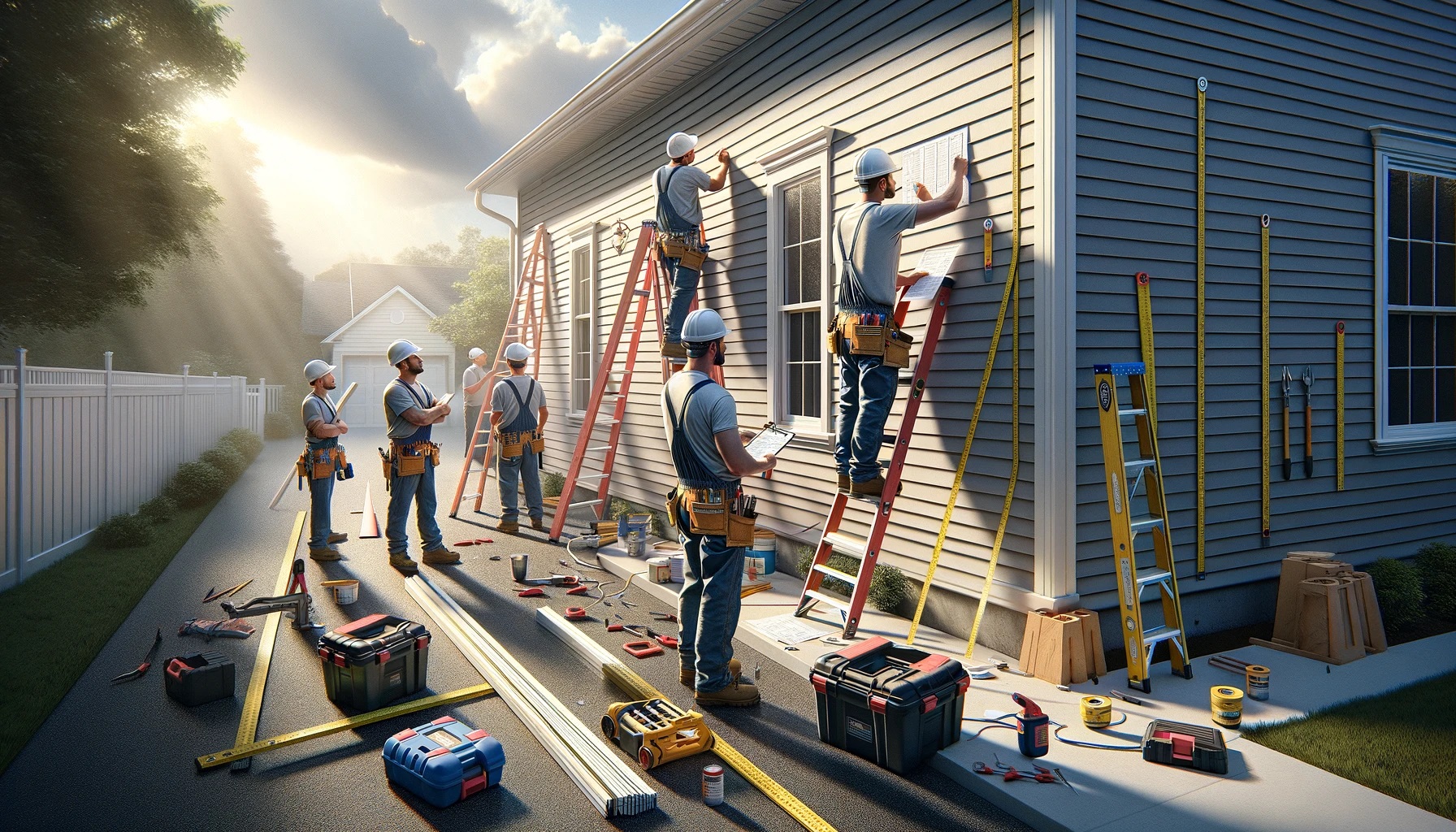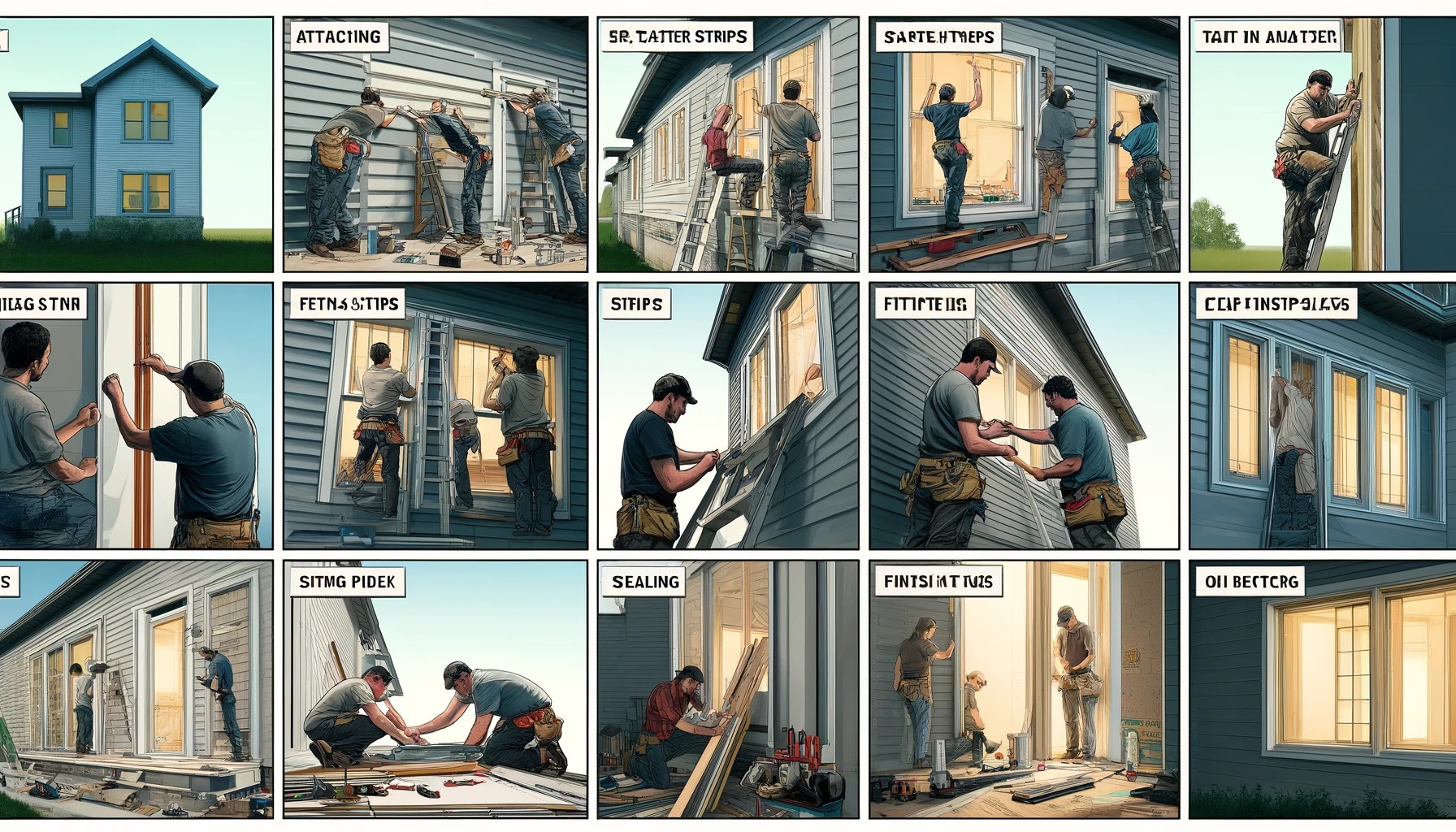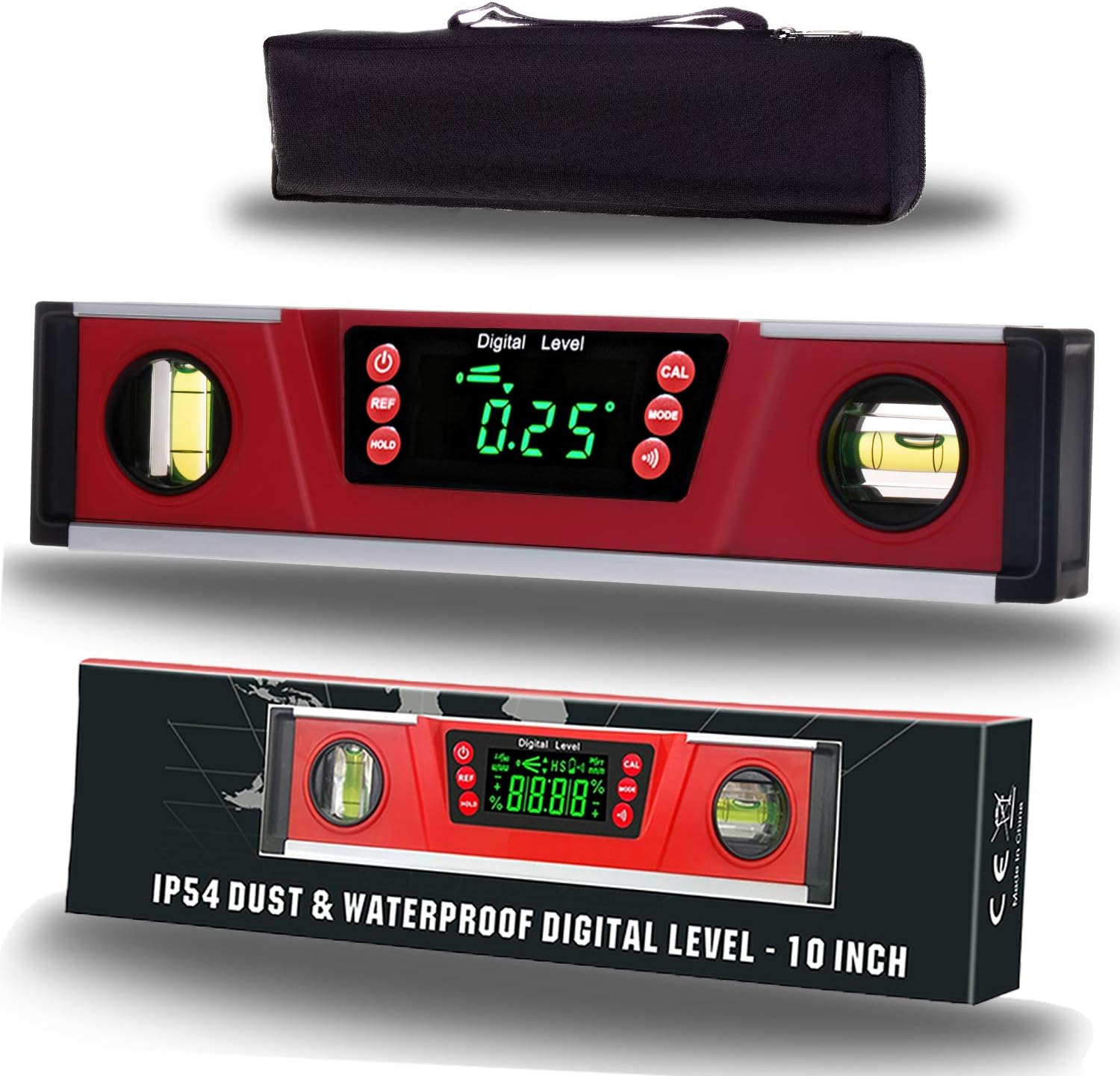Introduction
Understanding vinyl siding code lookup is essential for ensuring that your siding installation adheres to local building regulations and meets high standards of safety and durability. When installing vinyl siding, it’s crucial for homeowners and installers alike to be familiar with the specific codes and standards applicable in their area. This not only involves compliance with local building codes but also aligns with the manufacturer’s instructions to guarantee the product’s quality. Whether you’re a home improvement enthusiast or a professional contractor, knowing how to identify and match the right vinyl siding with your home’s requirements is key to a successful project.
Before beginning your siding project, ask a local supplier or search on a website dedicated to home improvement for advice. This will help ensure that you select the right type and style of siding that best fits the architectural style of your home. You might need to send a sample to a manufacturer to find something that matches your existing siding, especially if it is an older model or a particular stamp of vinyl-siding. Homeowners should also question whether the siding’s specifications align with the top standards expected in their region. For particular needs, such as matching old siding or integrating new sections with brick or stone, consulting with professionals who sell these products can be very beneficial.
Key Takeaways
- Understanding vinyl siding codes is essential for compliance with local regulations, ensuring the safety, durability, and quality of the installation.
- It’s crucial for both homeowners and installers to familiarize themselves with the specific codes and standards in their area to align with manufacturer’s instructions.
- Consulting with local suppliers or home improvement websites is advised to choose the right vinyl siding that matches the architectural style and existing siding.
- Professional advice might be necessary for matching old siding or integrating new sections with brick or stone, ensuring all aspects meet the top standards.
- Preparation before installation includes selecting the right tools and ensuring the home surface is ready for the new siding.
- Ongoing maintenance and regular inspections are key to sustaining the integrity and appearance of vinyl siding.
Understanding Vinyl Siding Codes and Regulations

Understanding Vinyl Siding Codes and Regulations is crucial for a successful installation process, as it ensures compliance with local building codes and guarantees the safety, durability, and quality of the project. Installers should be aware of the specific requirements in their geographic areas and how they relate to the manufacturer’s instructions. Certification of the vinyl siding is also important to ensure that it meets the necessary standards. By following these regulations, homeowners can have peace of mind knowing their vinyl siding installation is done correctly.
Importance of Vinyl Siding Codes Compliance
Vinyl siding codes compliance is crucial for a successful installation. Installers must adhere to local building codes and the manufacturer’s instructions. This ensures safety, durability, and quality. Certification of the vinyl siding is also important to meet necessary standards. Homeowners can have peace of mind knowing their vinyl siding installation is done correctly when these regulations are followed.
Common Vinyl Siding Regulations to Consider
Before installing vinyl siding, it is important to be aware of common regulations. These may include requirements for proper insulation, adequate ventilation, and the use of approved fasteners. Additionally, some areas may have specific regulations regarding color choices or architectural style. Checking with local building authorities and consulting the manufacturer’s guidelines can help ensure compliance with these regulations.
Choosing the Right Vinyl Siding for Your Home

When choosing vinyl siding for your home, it is important to consider factors such as durability, style, and maintenance. Some key points to keep in mind include selecting a thickness that suits your climate, choosing a color that complements your home’s design, and opting for a reputable brand with a good warranty. Additionally, you may want to explore different styles such as horizontal or vertical siding to find the best fit for your home’s aesthetic.
Factors to Consider When Selecting Vinyl Siding
When selecting vinyl siding, consider factors such as durability, style, and maintenance. Look for a suitable thickness based on your climate and choose a color that complements your home’s design. Opt for a reputable brand with a good warranty. Explore different styles like horizontal or vertical siding to find the best fit for your home’s aesthetic.
Different Types and Styles of Vinyl Siding
Different types and styles of vinyl siding offer homeowners a range of options to enhance the curb appeal of their homes. Some popular choices include horizontal siding, vertical siding, shakes, scallops, and board and batten. Consider the architectural style of your home and personal preferences when selecting the best type and style of vinyl siding for your needs.
Preparing for Vinyl Siding Installation

To prepare for vinyl siding installation, gather the necessary tools and equipment such as a utility knife, measuring tape, and saw. Remove shutters, downspouts, and fixtures to create a clean surface. Install furring strips for an even wall surface. Apply housewrap to provide an additional layer of protection. Don’t forget to insulate the walls properly. These steps will ensure a successful vinyl siding installation.
Necessary Tools and Equipment for Installation
To ensure a successful vinyl siding installation, it is important to have the necessary tools and equipment. These include a hammer, utility knife, level, tape measure, saw, caulking gun, and pry bar. Additionally, you will need supplies such as vinyl siding, house wrap or foam board insulation, 1/2-inch rigid foam sheathing, corner posts, and trim pieces. Having these tools and materials ready will make the installation process smoother and more efficient.
Preparing Your Home for Vinyl Siding Application
Before installing vinyl siding, it is crucial to prepare your home properly. Here are some steps to follow:
- Remove any shutters, fixtures, and downspouts that may obstruct the installation process.
- Apply the appropriate flashing to ensure proper water drainage.
- Install proper furring to create an even surface for the siding.
- Use housewrap to provide additional insulation and moisture protection.
- Make sure you have the necessary insulation in place before installing the siding.
- Lay the groundwork by measuring and marking where each panel will go.
By following these steps, you will set a solid foundation for a successful vinyl siding application.
Steps to Properly Install Vinyl Siding

When beginning the steps to properly install vinyl siding, it’s crucial to ensure you have the right stuff. A common case involves the owner of a home wanting to fix an exterior that has deteriorated over 10 years or more. This often means a visit to a local supply house or big box store like Home Depot, where you can find materials that are similar or exact to what you need to replace. Most guys who specialize in home improvement will recommend consulting resources like Home Improvement Stack Exchange if you’re unsure about specific vinyl siding details. For a better experience, ensure all tools and materials are prepped, especially if working on areas like the bay or back of the house. This upfront preparation makes it unlikely you’ll encounter significant issues once the project starts.
- Remove the old material from the house before starting the vinyl siding installation process.
- Install a moisture barrier, such as housewrap, to provide additional insulation and protect against moisture.
- Begin at the bottom of the wall and work your way up, overlapping each panel to ensure a tight seal.
- Use a level and measuring tape to ensure each panel is installed straight and evenly spaced.
- Attach panels securely to the wall using nails or screws, following manufacturer’s instructions.
- Trim and fit the panels around windows, doors, and corners using a utility knife or specialized tools.
- Install trim pieces and accessories, such as corner posts and J-channels, to complete the finished look.
- Regularly inspect and maintain the vinyl siding to keep it clean and in good condition.
Vinyl Siding Installation Process Overview
To properly install vinyl siding, start by removing the old material from the house. Then, begin at the bottom of the wall and work your way up, overlapping each panel for a tight seal. Use a level and measuring tape to ensure straight and evenly spaced installation. Securely attach panels to the wall following manufacturer’s instructions. Trim and fit panels around windows, doors, and corners. Complete the finished look by installing trim pieces and accessories. Regularly inspect and maintain the vinyl siding for cleanliness and upkeep.
Tips for a Successful Vinyl Siding Installation
– Ensure proper surface preparation by cleaning and repairing the wall before installation.
– Use a level and measuring tape to ensure accurate placement of each panel.
– Nail or screw the panels securely according to manufacturer’s instructions.
– Trim and fit panels carefully around windows, doors, and corners for a seamless finish.
– Consider using J-channels and utility trim to enhance the appearance and provide protection.
– Regularly inspect and maintain the siding to prevent damage or deterioration.
Maintaining and Caring for Vinyl Siding

Cleaning and Upkeep of Vinyl Siding:
– Regularly clean the siding with a mild detergent and water to remove dirt and grime.
– Use a soft brush or sponge to scrub away stubborn stains.
– Rinse thoroughly with clean water to ensure all soap residue is removed.
– Inspect the siding for any damage or loose panels, and make repairs as needed.
– Avoid using harsh chemicals or abrasive cleaners that can damage the vinyl surface.
Troubleshooting Common Vinyl Siding Issues
- Inspect for cracks or holes and seal them with caulk to prevent water infiltration.
- Address any visible mold or mildew by using a solution of bleach and water to clean the affected areas.
- If you notice warping or buckling, it may be due to improper installation or underlying issues. Consult a professional for repairs.
- Regularly check for loose or missing panels and secure them back into place.
- Keep an eye out for fading or discoloration and consider repainting or replacing damaged sections if necessary.
- Neodymium Magnets
- Bright LED Display
- V-GROOVE MAGNETIC BASE
- IP54 Dust/Water Resistant smart level with Carrying Bag
Conclusion
In conclusion, the vinyl siding code lookup is a crucial tool that assists both homeowners and professional installers in adhering to local building codes and achieving a high standard of safety and durability. This process, while it might seem daunting, can actually be streamlined by ensuring that you have all necessary information and materials prepared in advance. Consulting resources like Home Improvement Stack Exchange can provide the answer you’re looking for, especially if you need to match vinyl siding that is years old or find a specific manufacture like Certainteed.
It is likely that you’ll need the help of professionals or a visit to a nearby supply house or shed to ensure that your chosen siding perfectly fits your home’s exterior. Always enable JavaScript on your browser before proceeding with online resources to ensure a better experience and access to comprehensive guides and tips. Remember, a successful installation not only enhances the appearance of your home but also ensures long-term durability and maintenance ease.
James Dunnington leads the James Dunnington Collection, featuring five unique blogs: a practical Pet Care Guide, an enlightening Ancient History Blog, a resourceful Home Improvement Guide, a cutting-edge Tech Innovation Guide, and a strategic Online Money Making platform. Each site delivers valuable insights designed to empower and inform. For updates and more tips, visit our Contact Us page to sign up for our newsletter, ensuring you never miss out on the latest content from any of these dynamic fields.

